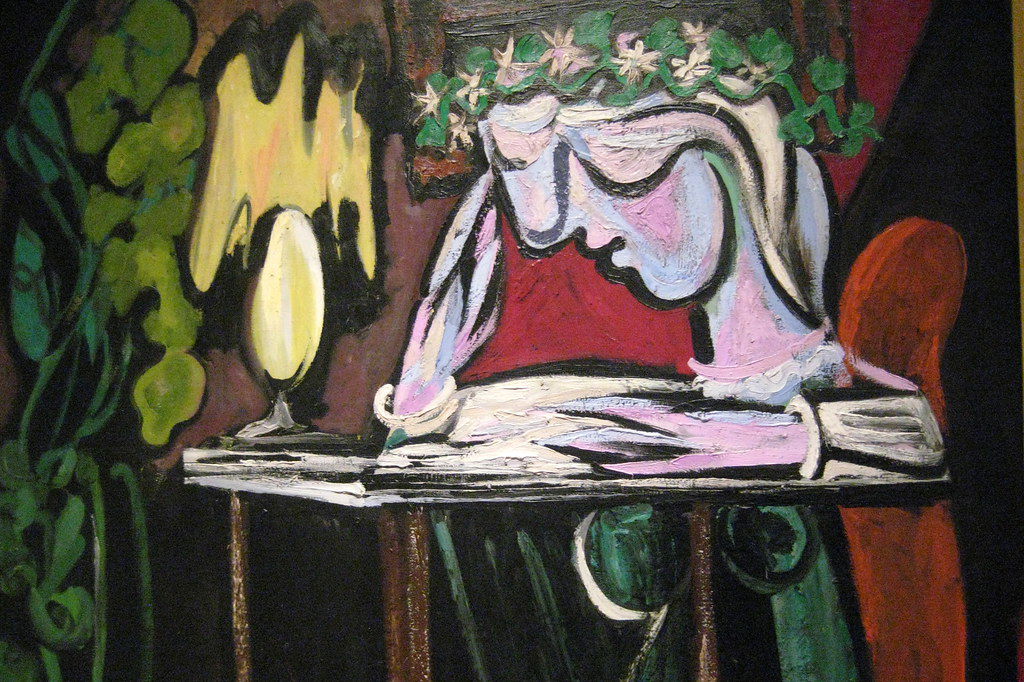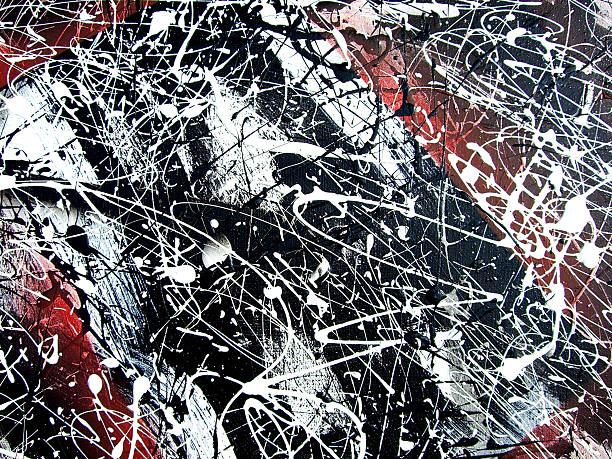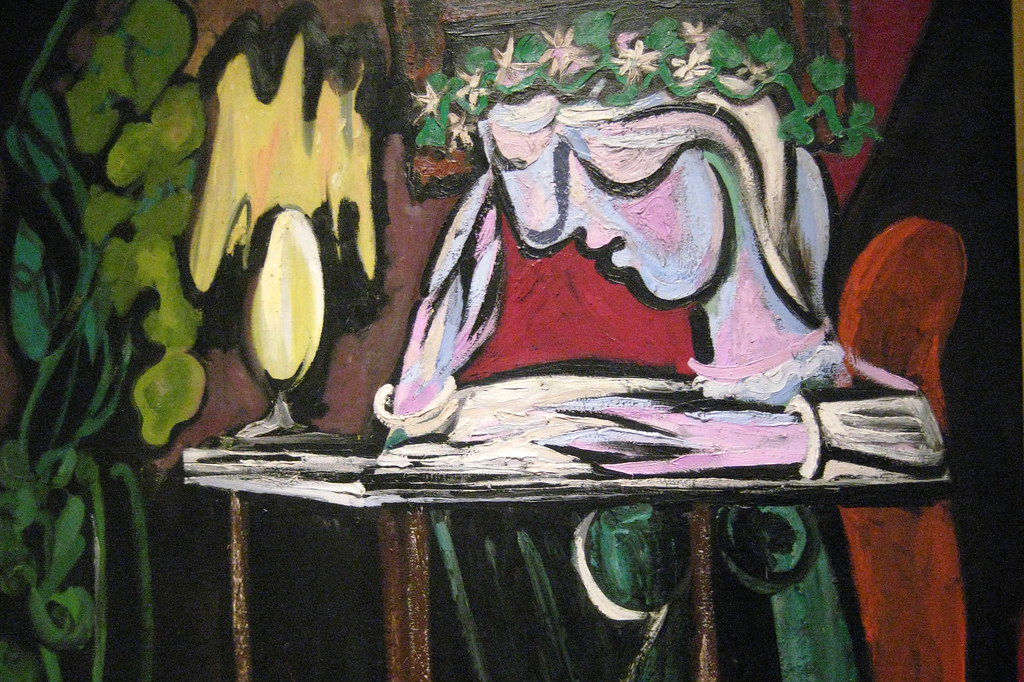Revolutionaries of the Canvas: Picasso and Pollock, Masters of Modern Art

The 20th century witnessed a seismic shift in the landscape of art, driven by a generation of artists who dared to break free from the constraints of tradition and forge new paths. Among these revolutionaries, two names stand out: Pablo Picasso and Jackson Pollock. While separated by time and geography, both artists played pivotal roles in shaping the course of modern art, leaving an indelible mark on the artistic landscape.
By Maria Miller

Image Source: istockphoto.com
Pollock: The Architect of Abstract Expressionism
Across the Atlantic, Jackson Pollock emerged as a leading figure in Abstract Expressionism, a movement that embraced the spontaneous and emotional expression of the artist.
Pollock's signature "drip technique" involved pouring and splattering paint onto unstretched canvases, creating dynamic and gestural compositions. His works, such as "Blue Poles" and "Number 1, 1950," transcended the boundaries of traditional painting, focusing on the process of creation itself. Pollock's style, characterized by bold color and visceral energy, reflected his inner world and offered a glimpse into the unconscious mind.
A Shared Vision of Artistic Freedom
Despite their distinct approaches and styles, both Picasso and Pollock shared a vision of artistic freedom. They challenged conventional norms and embraced innovation, pushing the boundaries of what art could be. Both artists believed that the artist's expression should be paramount, leading to a rejection of traditional subject matter and a focus on the raw power of abstract form and color.
Enduring Legacy
The revolutionary contributions of Picasso and Pollock continue to inspire artists and art lovers alike. Their works remain central to the art historical canon, showcasing the incredible power of individual expression and the transformative potential of art.
The legacy of both artists goes beyond the canvas, influencing countless generations of artists across various disciplines. Their radical approach to art broke down barriers, paving the way for the diverse and exciting art world we witness today. Through their unwavering pursuit of artistic innovation, Picasso and Pollock left an enduring legacy, forever etching their names in the annals of modern art history.

Image Source: flickr.com
Picasso: The Father of Cubism
Pablo Picasso, the Spanish master, is renowned for his groundbreaking contribution to Cubism, a revolutionary art movement that challenged traditional perspectives on form and representation.
By breaking down objects into geometric shapes and reassembling them in abstract compositions, Picasso shattered the illusion of realism. He sought to represent the essence of a subject, not its physical appearance, emphasizing the viewer's active participation in interpreting the artwork. His iconic works like "Les Demoiselles d'Avignon" and "Guernica" are not merely paintings, but powerful statements about the human condition, infused with social and political commentary.